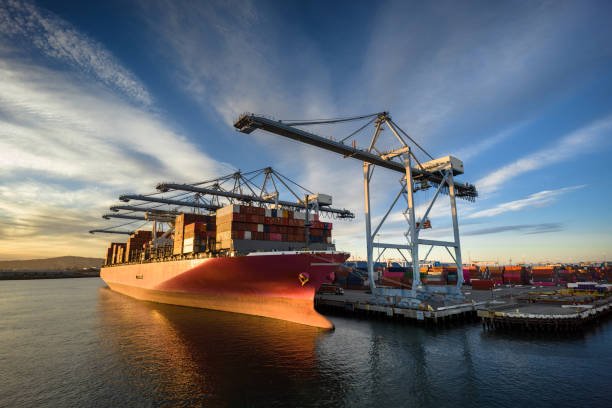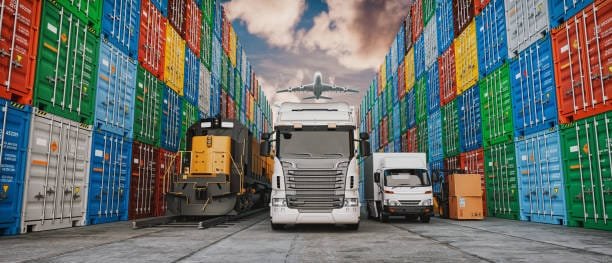Ever tried to ship a massive order overseas and felt like you’re herding cats? Trust me, I’ve been there. The maze of paperwork, the confusing regulations, the unexpected delays—it’s enough to make anyone throw in the towel. But don’t sweat it! I’ve navigated these choppy waters before, and I’m here to share some insider tips to help you sail smoothly.
When arranging international shipping for large orders, consider factors like choosing the right freight method (sea or air), understanding customs regulations, ensuring proper packaging, and selecting a reliable logistics partner. It’s crucial to be aware of Incoterms, insurance coverage, and potential tariffs or duties. By paying attention to these details, you can dodge delays, cut extra costs, and make sure your products reach their destination safe and sound.

Why Is Choosing the Right Freight Method So Important?
Picking between sea freight and air freight isn’t just about cost—it’s a balancing act between speed and budget. For instance, sea freight can take anywhere from 20 to 30 days to reach the U.S. from China, while air freight might get there in 3 to 5 days. But here’s the kicker: air freight can be up to five times more expensive. According to this shipping cost comparison, shipping a container via sea might cost you around $3,000, whereas air freight for the same volume could set you back $15,000 or more.
Also, consider freight consolidation. If your order doesn’t fill a whole container, Less Than Container Load (LCL) shipping lets you share space (and costs) with others. But be warned—it might increase the risk of delays and handling issues. Full Container Load (FCL) gives you exclusive use of a container, reducing handling and damage risks.
How Do Customs Regulations Affect Your Shipment?
Navigating customs regulations is like playing chess with a grandmaster—you need to think several moves ahead. Each country has its own set of rules, tariffs, and prohibited items. For example, the U.S. has strict regulations on wooden products to prevent pests. You’ll need to comply with ISPM 15 standards, which might require heat treatment or fumigation.
Missing or incorrect paperwork can result in hefty fines or your shipment being held hostage. Essential documents include the commercial invoice, bill of lading, packing list, and any necessary certificates of origin or compliance. Also, be aware of import quotas and antidumping duties that could apply.
What About Packaging and Insurance?
Let’s talk proper packaging. International shipments aren’t exactly treated with kid gloves. Your goods will be loaded, unloaded, and jostled around. Using sturdy, high-quality materials is a must. For our wooden garden games, we use reinforced crates and waterproof wrapping to guard against moisture and impact.
Don’t skimp on labeling either. Clear labels with handling instructions—like ‘Fragile’ or ‘This Side Up’—can reduce mishandling. And let’s not forget about cargo insurance. You might think, “What’s the worst that could happen?” Well, plenty. From storms at sea to theft, risks abound. According to this cargo insurance guide, standard carrier liability is limited and might not cover the full value of your goods.

Why Is a Reliable Logistics Partner a Game Changer?
Imagine having a seasoned guide while trekking through a jungle—that’s what a solid logistics partner offers. They handle the nitty-gritty details so you can focus on your business. A reliable partner provides services like freight booking, documentation, customs clearance, and real-time tracking.
But how do you choose the right one? Look for partners with a proven track record, positive reviews, and expertise in your industry.
What’s the Deal with Incoterms, Tariffs, and Duties?
Understanding Incoterms is crucial—they define who’s responsible for what during shipping. Mess this up, and you might face unexpected costs. For instance, under FOB (Free On Board) terms, we handle getting the goods onto the ship, and from there, you take over. Under DAP (Delivered At Place), we take care of almost everything except unloading at the destination.
lso, be aware of any tariffs or import duties that could apply to your goods. These are taxes imposed by the importing country and can significantly impact your bottom line. You can look up the Harmonized System (HS) code for your product to determine the exact rate.
Any Tips for Smooth Sailing?
Here are some pro tips to keep your shipment cruising:
- Plan Ahead: Start early to account for unexpected delays, especially during peak seasons.
- Stay Organized: Keep all your documents in order and easily accessible.
- Communicate: Regularly touch base with suppliers, logistics partners, and customers.
- Monitor Regulations: International trade laws can change. Keep an eye on updates from trade authorities.
- Use Technology: Leverage tracking tools to monitor your shipment’s progress.
- Have a Backup Plan: Things can go sideways—a backup supplier or alternative route can save the day.
Conclusion
International shipping doesn’t have to be a headache. By considering these factors and planning ahead, you’ll navigate the shipping seas like a seasoned captain. So, next time you’re arranging a large order, you’ll know exactly what to look out for—and maybe even enjoy the ride.










